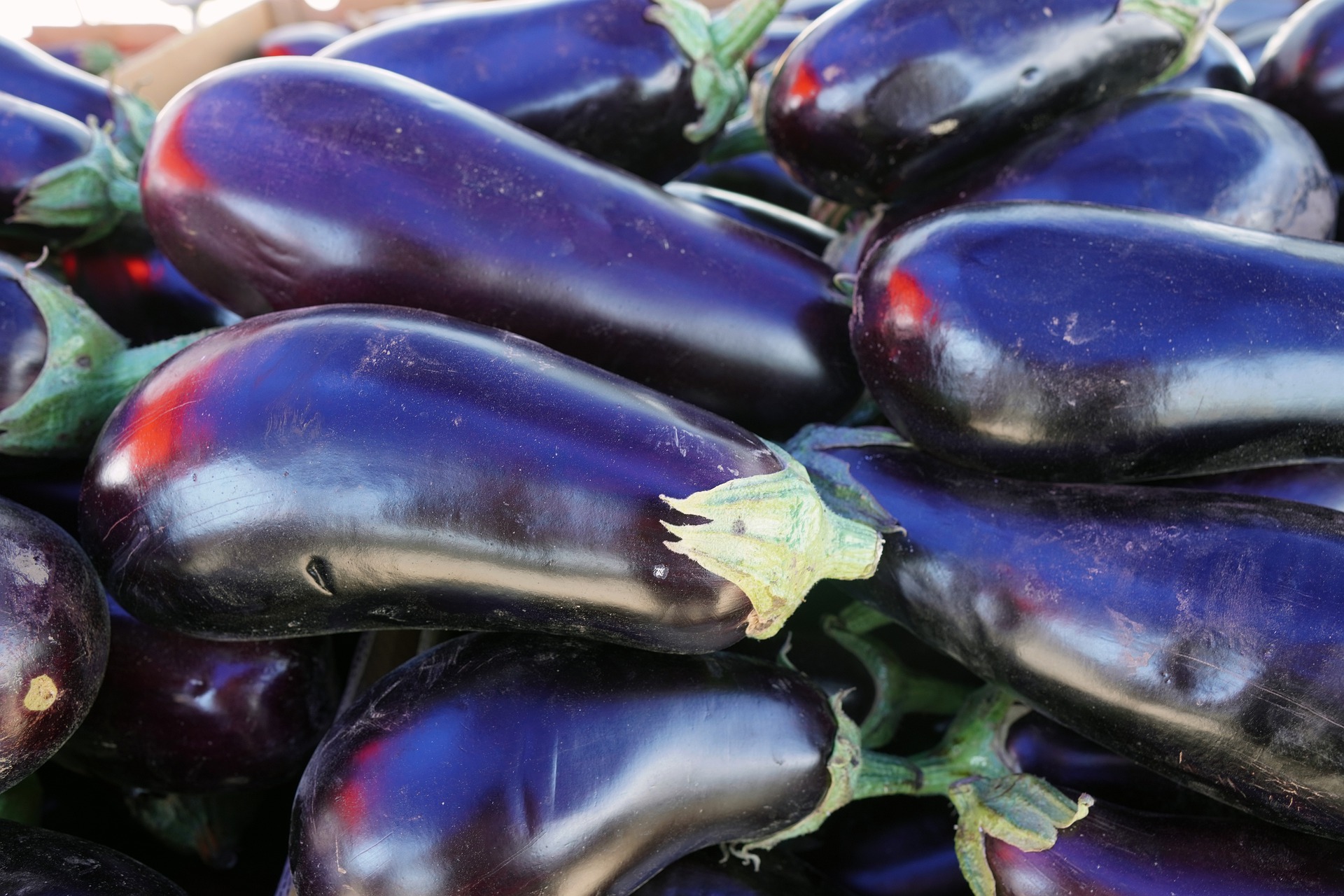Due to the frequent use of PE film in eggplant cultivation, the “drip irrigation” system is most commonly used.
Localized Drip Irrigation System
This method allows for the irrigation of eggplants at any time of the day, as there is no risk of shock from applying cold water to hot plant parts.
By avoiding wetting the leaves, the development of fungal diseases is also prevented.
The system operates at low pressure, which minimizes the disturbance of the soil’s crumbly structure, beneficial for cucumber growth. Due to the lower operating pressure (0.3 – 1.5 bar), energy consumption is also reduced.
Localized water delivery reduces the irrigated area, leading to lower water losses through evaporation or runoff (water savings).
Another advantage of drip irrigation is the possibility of fertigation, i.e., the application of liquid fertilizers simultaneously with irrigation.
One of the most significant problems with drip irrigation is the clogging of drippers, which can be either mechanical or chemical. Clogging of drippers is directly related to the quality of water used for irrigating eggplants, as well as its physical, chemical, and microbiological factors. Filters can prevent mechanical clogging of drippers. Chemical clogging occurs as a result of the formation of insoluble salts at the dripper opening or inside the dripper.
The drip system consists of a power unit with a system head, a filter device, a main pipeline, lateral or distribution pipes, and drippers. The dripper is characterized as the point where the working pressure from the pipe is reduced and water is released in droplets onto or into the soil.
This irrigation method includes two systems: surface and subsurface irrigation. In surface irrigation, pipes and drippers are placed above the ground or on the soil surface, while in subsurface irrigation, they are buried in the soil.
Proper water dosing is very important in irrigation practice. There are two basic elements in water dosing:
Irrigation Dose and Irrigation Timing
The irrigation dose is the amount of water applied in a single irrigation (m3/ha or in mm). The dose should wet the soil up to the field capacity, which means the irrigation dose depends on the type of soil. To determine the irrigation dose, it is necessary to know the soil moisture before irrigation and the soil’s water-holding properties. The difference between field capacity and the current soil water content represents the irrigation dose.
Irrigation timing refers to the specific moment when the irrigation dose is applied, which is one of the conditions for successful and rational irrigation of eggplants. If the timing is determined “by eye,” irrigation is irrational and can be harmful.
To achieve the optimal irrigation timing and determine the appropriate irrigation dose, thus enabling economical and rational water use, it is necessary to use soil moisture sensors.













































